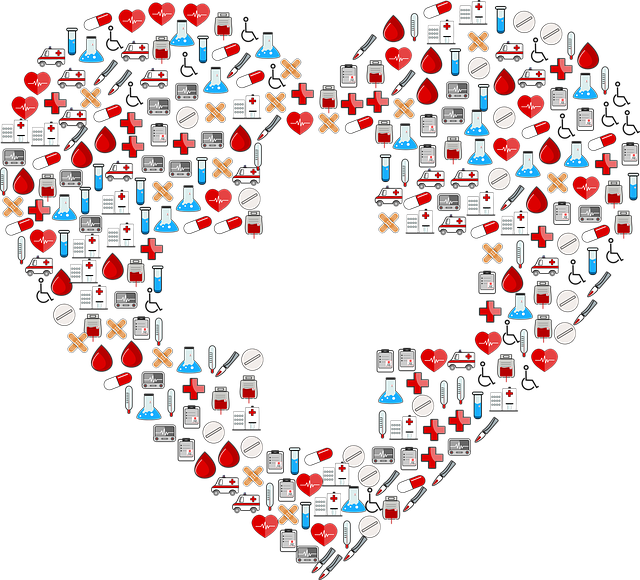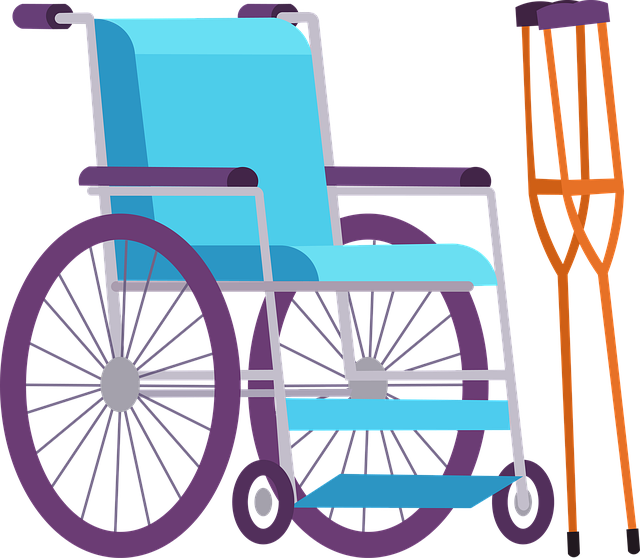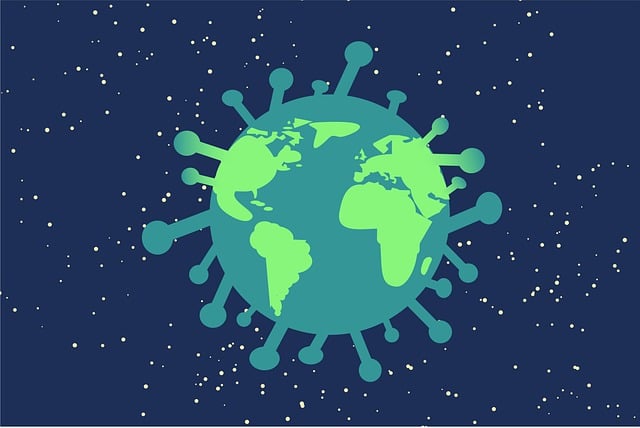In South Africa, understanding the difference between Medical Aid and Health Insurance is vital for making informed healthcare decisions. While both offer financial protection against medical costs, Medical Aid provides a structured, comprehensive package with specific benefits within a provider network, requiring monthly premiums and contributions. Conversely, Health Insurance offers more flexible policy choices, allowing individuals to select any healthcare provider and access diverse services, but with less coverage for routine care. Key distinctions lie in control, cost, and the range of services covered, influencing decisions based on personal health needs, budget, and preferences. As South Africa's healthcare landscape evolves, these differences will continue to shape consumer choices between Medical Aid and Health Insurance.
In navigating South Africa’s healthcare landscape, understanding the nuances between medical aid and health insurance is crucial. This comprehensive guide delves into these distinct yet interrelated concepts, offering expert insights tailored for citizens. We explore ‘Understanding Medical Aid’ and ‘Decoding Health Insurance’, highlighting key differences, benefits, and drawbacks. By considering factors specific to your family, you can make informed choices. Additionally, we glance into the future of healthcare coverage, uncovering trends and predictions shaping South Africa’s medical landscape.
- Understanding Medical Aid: A Comprehensive Overview for South Africans
- Decoding Health Insurance: What Every Citizen Should Know
- Key Differences Between Medical Aid and Health Insurance Plans
- Benefits and Drawbacks of Each: An Expert's Analysis
- Choosing the Right Option: Factors to Consider for Your Family
- The Future of Healthcare Coverage: Trends and Predictions in South Africa
Understanding Medical Aid: A Comprehensive Overview for South Africans

Medical Aid in South Africa is a vital component of the healthcare system, designed to provide comprehensive cover for medical expenses. It’s more than just health insurance; it’s a structured benefit scheme that offers a wide range of services, including hospital care, specialist consultations, chronic disease management, and preventive treatments. Members typically contribute to the scheme through monthly premiums, with options available to suit different needs and budgets.
Unlike health insurance policies which often focus on covering specific aspects of healthcare, Medical Aid is all-encompassing. It encourages proactive healthcare by offering incentives for wellness activities like regular check-ups and fitness programs. Additionally, it provides peace of mind knowing that a network of healthcare professionals and hospitals is readily available when needed. When choosing between Medical Aid and Health Insurance, understanding these differences is crucial for making an informed decision regarding your healthcare security in South Africa.
Decoding Health Insurance: What Every Citizen Should Know
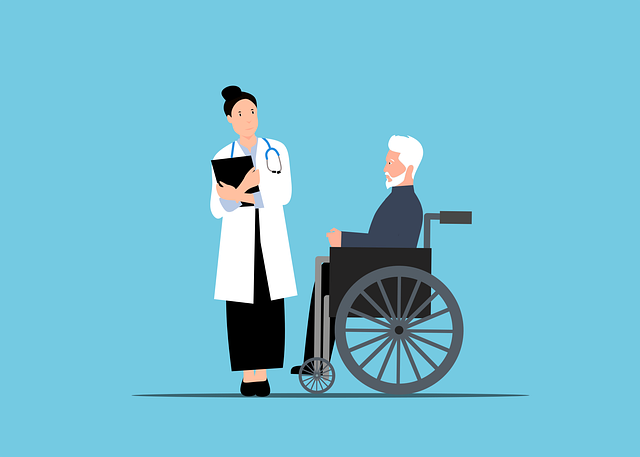
In South Africa, understanding the distinction between medical aid and health insurance is paramount for citizens looking to navigate their healthcare options effectively. While both serve as financial safety nets against medical expenses, they operate under different models. Medical aid, typically offered by private companies, focuses on providing comprehensive healthcare services within a specific network of hospitals and doctors. It often includes benefits like chronic disease management, preventive care, and in-patient treatment. On the other hand, health insurance is a form of coverage that citizens can purchase directly from insurance providers. This type of insurance usually covers out-of-pocket expenses like doctor’s visits, prescriptions, and certain procedures, with options for different levels of cover available.
When considering Medical Aid Vs Health Insurance, a key factor to remember is that medical aid often requires membership, which may involve annual fees and specific contribution structures. Health insurance, however, allows individuals to choose policies based on their needs and budgets, offering flexibility in terms of coverage and premiums. It’s essential for citizens to evaluate their healthcare needs, financial capabilities, and the potential benefits of each option before making a decision that aligns with their circumstances.
Key Differences Between Medical Aid and Health Insurance Plans
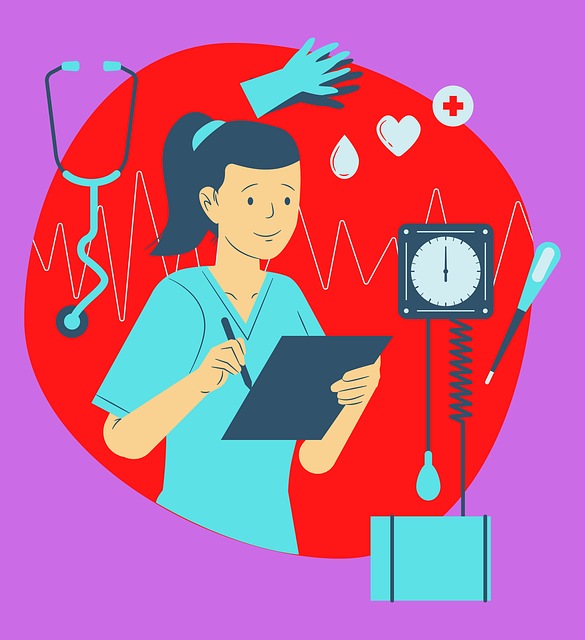
In South Africa, understanding the distinction between medical aid and health insurance is essential for making informed choices regarding your healthcare coverage. While both are financial safety nets designed to cover medical expenses, they function differently. Medical aid schemes are typically provided by employers or purchased privately, focusing on a defined benefits package. This means members have access to a network of hospitals and doctors, with specific treatments and procedures covered according to the scheme’s rules. On the other hand, health insurance plans offer more flexibility; policyholders can choose any healthcare provider within their network and are entitled to a range of medical services, from routine check-ups to specialist care.
A key difference lies in the level of control and choice. Medical aid usually involves a selection process where members pick a plan that suits their needs and budget, while health insurance provides a broader spectrum of options, allowing individuals to personalise their coverage according to their preferences. Additionally, medical aid often includes dental and optical benefits as part of the package, whereas health insurance may require separate policies for these services.
Benefits and Drawbacks of Each: An Expert's Analysis

In South Africa, understanding the nuances between medical aid and health insurance is essential for making informed decisions regarding one’s healthcare. An expert in the field highlights that while both schemes offer financial protection against medical expenses, they operate on distinct principles with unique advantages and disadvantages.
Medical Aid, often preferred by those who can afford it, provides comprehensive coverage for a wide range of medical services. Members enjoy access to a network of hospitals and specialists, and the scheme typically includes benefits like chronic disease management, mental health support, and wellness programs. However, high monthly contributions can be a drawback, especially for younger individuals or those with less stable incomes. Health Insurance, on the other hand, focuses more on catastrophic coverage. It offers financial protection against severe illnesses or accidents but may not cover routine check-ups or minor procedures. This option is suitable for budget-conscious individuals who want basic healthcare security without the long-term commitment of medical aid membership.
Choosing the Right Option: Factors to Consider for Your Family

When selecting between medical aid and health insurance in South Africa, understanding your family’s unique needs is crucial. Both options offer financial protection against medical expenses but function differently. Medical aid is a long-term savings plan where members contribute regularly to cover healthcare costs. It provides access to a network of healthcare providers and often includes additional benefits like prescription drugs and chronic disease management. On the other hand, health insurance is typically a short-term policy that offers immediate coverage for specific medical events, such as hospital stays or major surgeries.
Factors to consider include your family’s overall health, age, and pre-existing conditions. If you have a history of chronic illnesses, medical aid might be more suitable due to its comprehensive care and ongoing support. For younger, healthier individuals, health insurance could provide cost-effective coverage for unexpected events. Additionally, consider the costs involved, including monthly premiums, deductibles, and co-pays, as well as the reputation and network of providers associated with each option.
The Future of Healthcare Coverage: Trends and Predictions in South Africa

The future of healthcare coverage in South Africa is an exciting landscape, with trends indicating a shift towards more comprehensive and personalized options for citizens. As the country’s population ages and awareness of health prevention increases, there’s a growing demand for flexible medical solutions. One prominent trend is the integration of digital technology into healthcare systems, enabling remote consultations and efficient claim processing. This shift promises to make healthcare more accessible, especially in rural areas.
Moreover, with increasing competition between medical aid schemes and insurance providers, consumers are expected to benefit from improved benefits packages and competitive pricing. The distinction between medical aid and health insurance will become less pronounced as hybrid models emerge, offering a blend of traditional cover and innovative digital solutions. This evolution is set to empower South Africans to take more control over their healthcare choices, aligning with global trends in consumer-driven healthcare.
When navigating the landscape of healthcare coverage in South Africa, understanding the nuances between medical aid and health insurance is essential. This expert-led guide has illuminated key differences, benefits, and drawbacks of each option, empowering citizens to make informed decisions. By considering factors like personal needs, financial constraints, and evolving trends in healthcare, individuals can choose between medical aid and health insurance plans that best suit their families’ unique circumstances. Ultimately, staying informed and proactive about your healthcare coverage is a vital step towards securing a healthier future.

